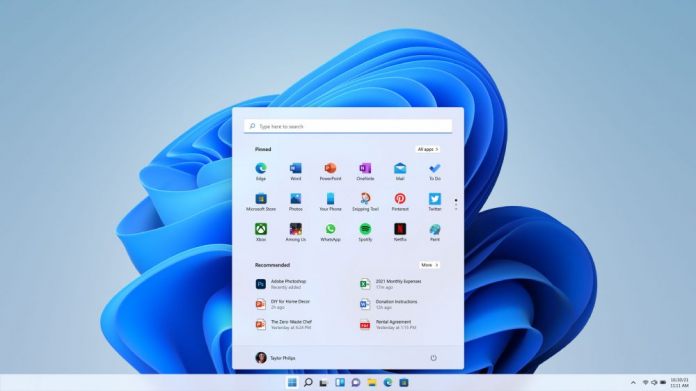When Microsoft announced Windows 11 last week, the company said users on Windows 10 would be able to upgrade for free. However, there were some clear hardware requirements to be able to get the Windows 11 update. One of them was PCs and laptops must have a TPM 2.0 chips installed to upgrade.
Microsoft says it has made TPM 2.0 a requirement because of security. If you are unfamiliar with TPM, it stands for Trusted Platform Module and sits as an additional chip on the computer motherboard.
It provides full disk encryption unlocking by sending a code (cryptographic key) when you power up a PC. This will unlock the drive allowing the computer to start. If there is a security threat, the code is not sent and the PC won’t start.
TPM 2.0 is the newest version of the standard, and Microsoft says it is necessary for Windows 11. That means users with machines running TPM 1.2 or no TPM are not invited to the party. However, new documentation suggests TPM may not be mandatory after-all.
Microsoft says it will sometimes make exceptions based on approval:
“Upon approval from Microsoft, OEM systems for special purpose commercial systems, custom order, and customer systems with a custom image are not required to ship with a TPM support enabled,” Microsoft points out in a new document.
This will potentially allow OEMs to build laptops that do not have TPM, provided they seek Microsoft’s approval first.
Windows 11 Requirements
Microsoft points to the following requirements for Windows 11:
- A modern 64-bit processor. Windows 11 is only a 64-bit platform, with no 32-bit version.
- 1Ghz clock speed
- 2 cores
- 64GB drive
- 4GB RAM
- UEFI, Secure Book capable & TPM 2.0
- 9-inch display with 1366×768 resolution
- DirectX 12 compatible graphics / WDDM 2.x
There is also a webcam requirement coming into effect in 2023 and requirements around Bluetooth.
Tip of the day: The Windows default font these days is Segoe UI, a fairly simple and no-nonsense typeface that’s used across many of Microsoft’s products. However, though some like this subdued style, others look to change Windows font to something with a bit more personality.
Thankfully, Microsoft does let you change Windows fonts, but it doesn’t make it particularly easy. I our tutorial we show you how to change system font in Windows 10, or restore it again if you don’t like the changes.
If you need help dealing with the TPM issue or other technical problems, consider getting in touch with PC experts such as Geeks Callout London for in-depth advice.
Last Updated on August 7, 2021 12:39 pm CEST by Markus Kasanmascheff




